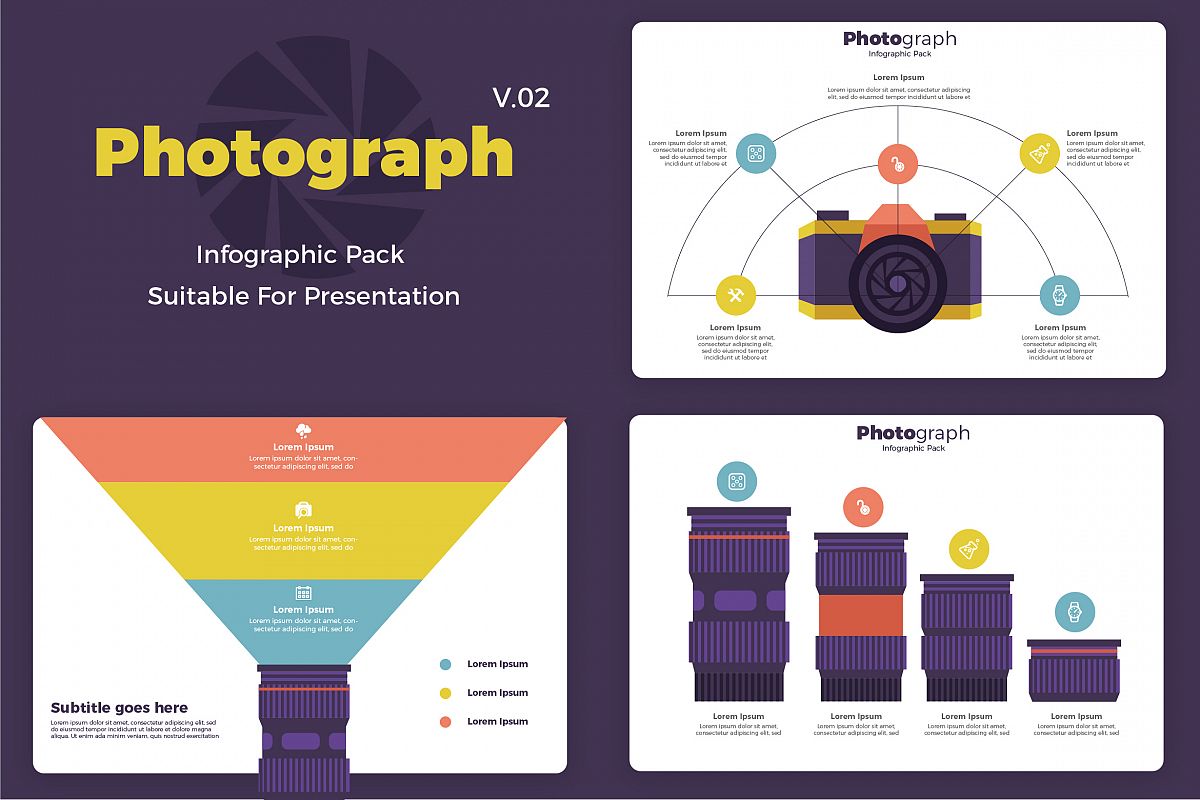Transform Your Digital Photography By Mastering Lighting Techniques That Can Elevate Your Pictures-- Uncover The Typical Challenges That Could Be Holding You Back
Transform Your Digital Photography By Mastering Lighting Techniques That Can Elevate Your Pictures-- Uncover The Typical Challenges That Could Be Holding You Back
Blog Article
Material Writer-Parks Covington
As a photographer, you know that illumination can make or damage your photos. Recognizing the subtleties of both natural and man-made light is crucial for recording the mood and quality you aim for in your work. Whether you're chasing after the excellent gold hour radiance or tweak your man-made configurations, grasping these components can elevate your photography substantially. Yet there prevail risks that lots of neglect, and recognizing them can transform your method to every shoot. Allow's discover what you might be missing and just how it can affect your results.
Recognizing Natural Light
Recognizing all-natural light is vital for any type of photographer looking to enhance their work. It's the foundation of fantastic photography, influencing mood, tone, and clarity. When you fire outdoors, focus on the moment of day. The gold hour-- quickly after sunup and prior to sunset-- uses soft, warm light that can change average scenes into spectacular images.
Don't underestimate the power of cloudy days. Cloud cover diffuses sunlight, producing a soft, also light that's perfect for portraits and macro photography. You'll find colors appear this type of lighting without extreme shadows.
Positioning issues, as well. Constantly consider your topic's orientation to the light source. If the sunlight's behind your topic, you might end up with a silhouette, which can be significant but mightn't be what you desire. Conversely, straight sunshine can develop uncomplimentary shadows.
Trying out angles; occasionally, transforming your point of view can yield incredible outcomes. Usage all-natural reflectors, like water or sand, to jump light onto your topic, including measurement.
Mastering Artificial Light
Mastering artificial light is vital for digital photographers that want to take their skills to the next degree. Whether you're using speedlights, studio strobes, or continuous lights, understanding exactly how to adjust these resources can drastically boost your pictures.
Begin by acquainting on your own with the basics of light high quality, instructions, and color temperature. Try out different modifiers like softboxes, umbrellas, or grids to control the soft qualities or violence of the light.
You'll discover that soft light frequently creates complementary results, while harsher light can add dramatization and depth. Do not shy away from darkness; they can improve the three-dimensionality of your topics.
Pay very close attention to the positioning of your lights. A light located also near your subject can develop unflattering results, while too far can bring about a lack of information. Utilize a light meter or your video camera's pie chart to guarantee you're subjecting appropriately.
Lastly, keep in mind that synthetic light can be combined with ambient light for creative effects. Balancing https://telegra.ph/Open-Your-Mind-To-A-World-Of-Ingenious-Photography-Ideas-That-Test-Conventions-And-Influence-Creative-Thinking-Disclosing-A-New--01-08 may take practice, once you grasp it, your digital photography will absolutely radiate.
Strategies for Different Scenarios
When you step into different shooting circumstances, adjusting your lighting techniques is vital for recording the very best photos. For outside pictures, use the gold hour-- early morning or late afternoon light-- to soften darkness and improve complexion.
If https://blogfreely.net/ellsworth41madelene/innovative-ways-to-market-your-photography-provider 's a severe midday sunlight, consider making use of a reflector to bounce light back onto your topic or look for shaded locations for a much more even exposure.
In low-light situations, like interior occasions, boost your ISO and make use of a broad aperture to allow in even more light. A tripod can help remove video camera shake, allowing for longer direct exposures without obscuring.
If visit the up coming webpage contending evening, explore off-camera flash to develop vibrant illumination and depth in your images.
For product photography, make use of diffused lights to avoid extreme reflections. Softboxes or light outdoors tents can assist achieve this effect.
When photographing landscapes, think about the direction of light and time of day, as it can substantially alter the mood of your shot.
Always prepare to change your setups and placing based on the situation, as flexibility is vital to grasping illumination in photography.
Conclusion
To conclude, grasping lighting is vital to raising your photography skills. Embrace all-natural light's elegance throughout golden hour, and do not avoid trying out man-made light methods. By adapting your technique to different scenarios, you'll catch sensational pictures that resonate with emotion and quality. Remember, the appropriate lighting can transform an average shot into something phenomenal, so keep practicing and improving your understanding of both natural and artificial light. Pleased shooting!
